Echinodorus horemanii
Scientific name: Echinodorus horemanii
Family: Alismataceae
Maximum size reached under cultivation: 40 - 60 cm (15.75 - 23.62 inch)
014
Recommended pH range: 6.5 - 7.5
Recommended water hardness: 4 - 18°dGH (71.43 - 321.43ppm)
0°C 32°F30°C 86°F
Recommended temperature range: 18 - 26 °C (64.4 - 78.8°F)
Preferred propagation method: Runners
Native to: South America
Growth rate: Slow
Recommended substrate: Sand
Lighting requirements: Medium
Ideal placement in tank: Background
🌿 Family
Alismataceae
🏷️ Common Name
Horeman’s Sword
🌍 Origin
Echinodorus horemanii originates from South America, particularly from regions with slow-moving or still waters. In nature, it grows both submerged and emersed depending on the water level, but in aquariums it is best kept fully submerged.
📍 Planting Area
This species is best placed in the background of aquariums due to its tall, arching leaves that can reach up to 60 cm. It works well as a focal plant in large tanks or to provide cover for shy fish.
🔦 Lighting Requirements
Echinodorus horemanii thrives under moderate lighting. While it tolerates lower light levels, brighter lighting promotes stronger leaf coloration and more robust growth.
🌱 Propagation
This plant reproduces through adventitious plantlets that develop near the base of the mother plant. These can be gently separated and replanted in nutrient-rich substrate. Additionally, it may flower and produce seeds when grown emersed, though this is less common in home aquaria.
⚙️ Difficulty
Easy to Medium; while it is generally undemanding, it does best in aquariums with good substrate fertilization and stable water quality. CO2 supplementation is not essential but can improve growth.
📋 Short Description
Echinodorus horemanii is an attractive sword plant known for its long, narrow, and slightly wavy leaves that vary from green to reddish-brown depending on lighting and nutrient levels. It grows slowly and may take time to settle into a new aquarium. When introduced, older leaves often melt, but new growth appears soon under proper care.
Due to its size and shape, it pairs well with smaller, carpeting plants in the foreground and helps create a lush, natural aquascape. It is commonly used in breeding programs for various Echinodorus cultivars, thanks to its sturdy genetics and adaptability.
💡 Frequently Asked Questions
- Can Echinodorus horemanii grow emersed?
Yes, in nature it sometimes grows emersed, especially during dry seasons. However, in aquariums it is usually kept fully submerged. - Does it require CO2 supplementation?
It doesn't require CO2 injection, but CO2 can help it grow faster and with better coloration. - How should I fertilize this plant?
Use root tabs or nutrient-rich substrate to support its slow but steady root-based growth. - Will it survive in a low-tech aquarium?
Yes, it's well-suited for low-tech setups as long as lighting and substrate nutrients are sufficient.
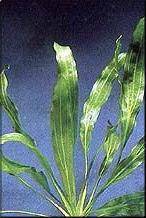
 Echinodorus “Ozelot”
Echinodorus “Ozelot”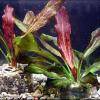 Echinodorus “Red Flame”
Echinodorus “Red Flame”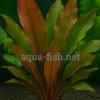 Echinodorus “Red Special”
Echinodorus “Red Special”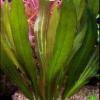 Echinodorus “Rubin”
Echinodorus “Rubin” Echinodorus “Tricolour”
Echinodorus “Tricolour” Echinodorus amazonicus
Echinodorus amazonicus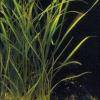 Echinodorus angustifolius
Echinodorus angustifolius Echinodorus bleheri
Echinodorus bleheri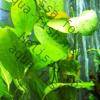 Echinodorus cordifolius
Echinodorus cordifolius Echinodorus grandiflorus
Echinodorus grandiflorus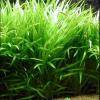 Echinodorus latifolius
Echinodorus latifolius Echinodorus macrophyllus
Echinodorus macrophyllus Echinodorus major
Echinodorus major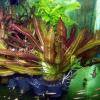 Echinodorus osiris
Echinodorus osiris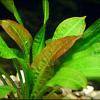 Echinodorus parviflorus
Echinodorus parviflorus Echinodorus quadricostatus
Echinodorus quadricostatus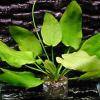 Echinodorus schlueteri
Echinodorus schlueteri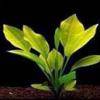 Echinodorus subalatus
Echinodorus subalatus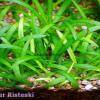 Echinodorus tenellus
Echinodorus tenellus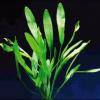 Echinodorus uruguayensis
Echinodorus uruguayensis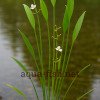 Sagittaria graminea
Sagittaria graminea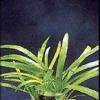 Sagittaria platyphylla
Sagittaria platyphylla Sagittaria subulata
Sagittaria subulata